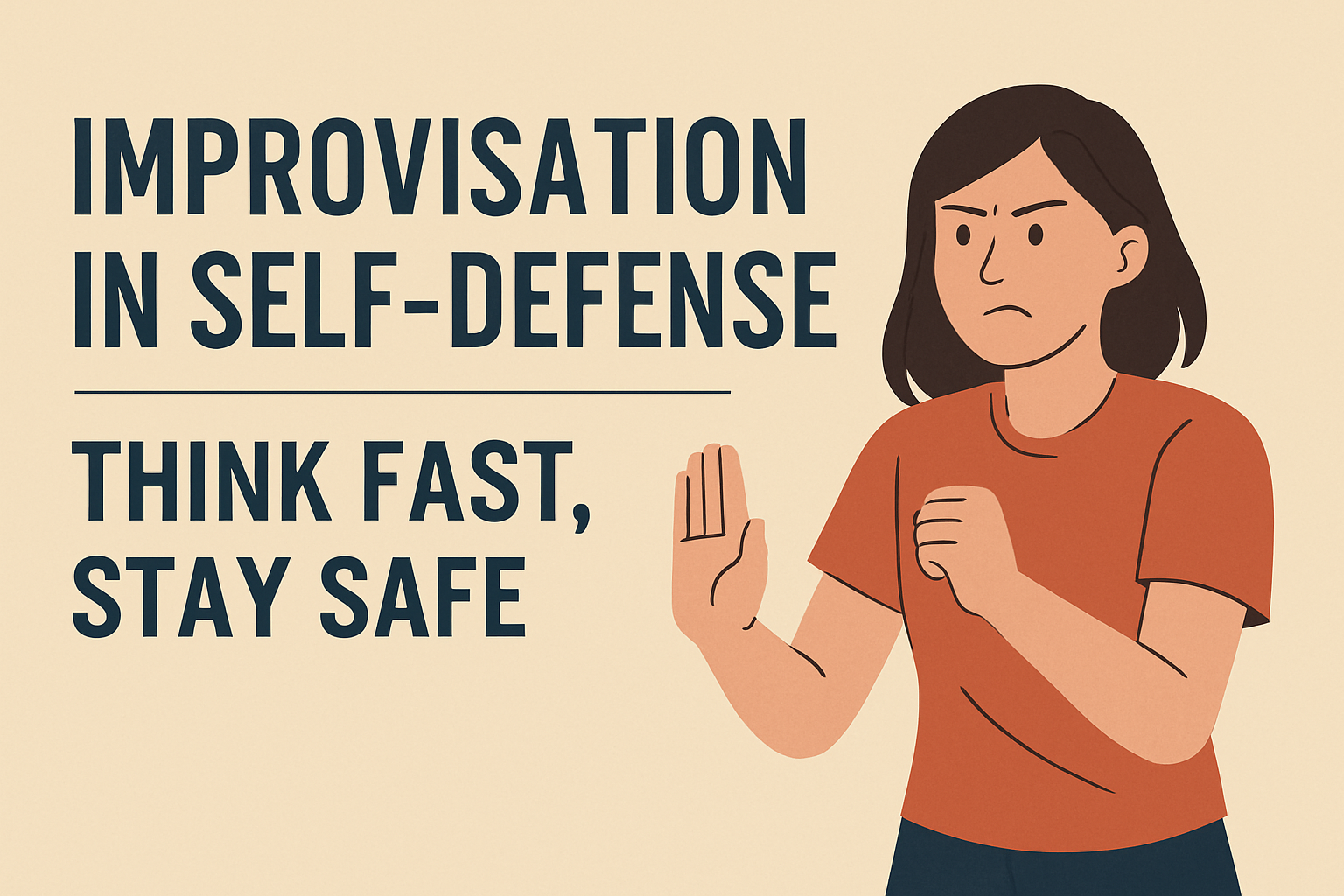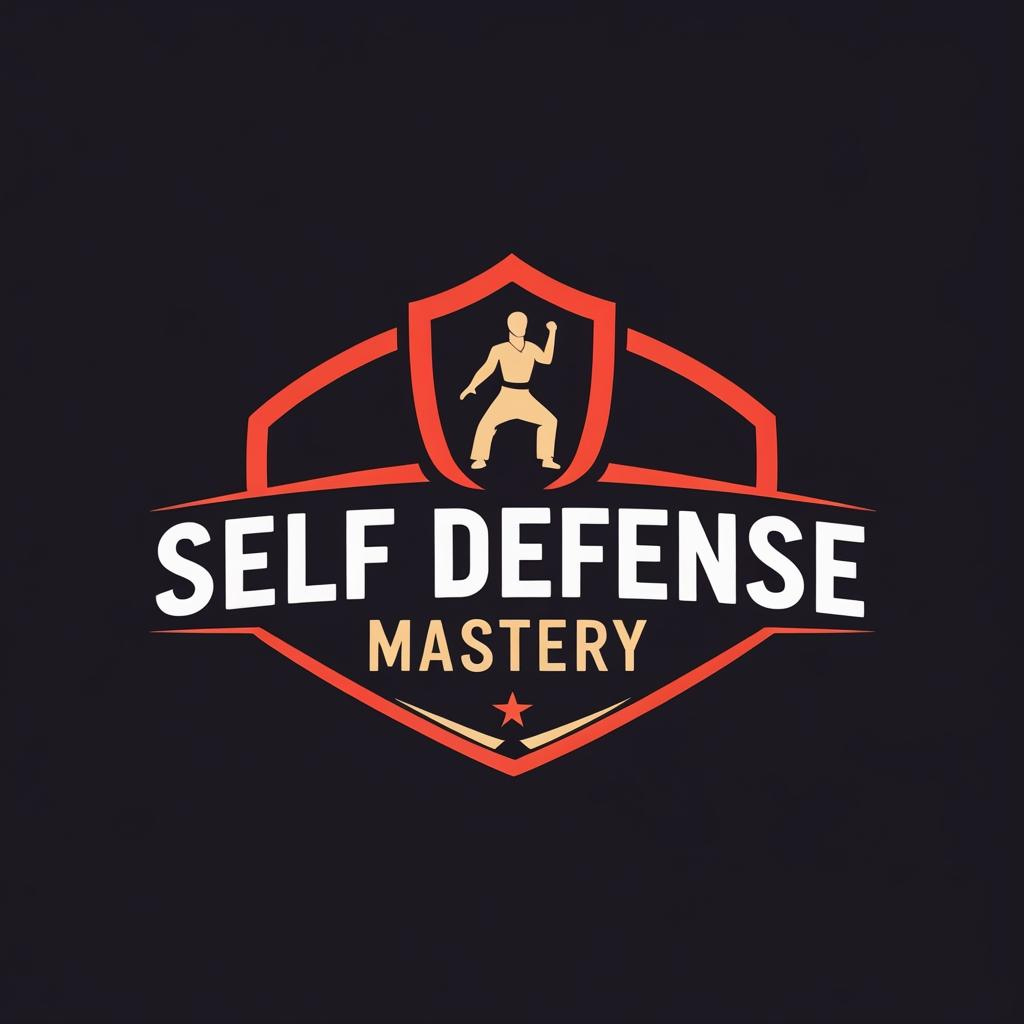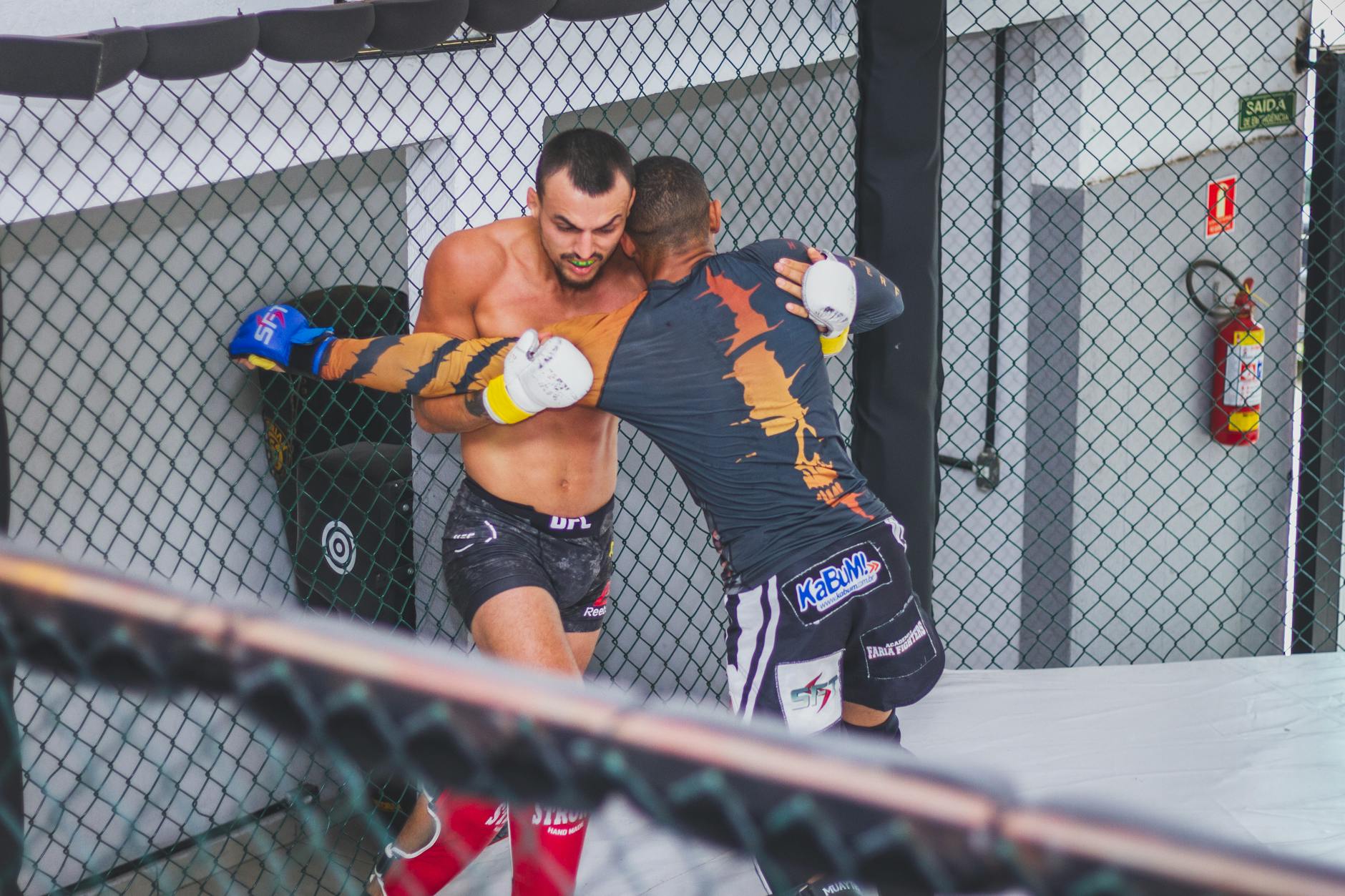Think Fast, Stay Safe: Why Improvisation Is Essential in Self-Defense
Improvisation might sound like something from an acting class, but in real life, it often shines brightest in unexpected, high-stakes moments. When you’re caught off guard, with no plan, weapon, or time to think, improvisation becomes your greatest ally.
- Think Fast, Stay Safe: Why Improvisation Is Essential in Self-Defense
- When Every Second Counts
- Real Stories of Improvised Self-Defense
- Lessons from the Medical Field
- Training the Improvisation Muscle
- Rethinking What “Defense” Means
- Building a Culture That Supports Quick Thinking
- Improvisation in Self-Defense: Key Takeaways
- The Bottom Line: Improvisation Saves Lives
In the world of self-defense, this isn’t just a helpful skill; it’s vital.

When Every Second Counts
Picture yourself in a dangerous situation. There’s no help nearby, no time to call for assistance, and no formal training to fall back on. What do you do?
This is where improvisation steps in. Like the fictional MacGyver disarming a bomb with a paperclip, real people have used coffee mugs, belts, umbrellas, and even backpacks as improvised defense tools, not because they wanted to, but because they had to.
To survive, you don’t need to be a trained fighter. You just need to be aware, alert, and resourceful.
Real Stories of Improvised Self-Defense
Improvised self-defense is more common than most people realize. A nurse uses a clipboard and medical tape to hold off an intruder. A jogger turns their house key into a weapon. A teacher uses desks and belts to barricade a door. These aren’t action movie scenes; they’re real events where ordinary people used extraordinary creativity to stay alive.
What connects these moments isn’t strength or combat skill, it’s the ability to think fast, adapt, and act decisively.
Lessons from the Medical Field
Improvisation isn’t unique to self-defense. Doctors and nurses often face emergencies in hospitals with limited tools and time. They don’t always have the perfect solution, so they get creative with what’s available.
This mindset translates directly to personal safety. You may not have pepper spray or a stun gun, but if you can stay calm, assess your surroundings, and act quickly, you’re already ahead.
Training the Improvisation Muscle
Improvisation isn’t something you’re born with, it’s something you build. Like any other self-defense technique, it can be practiced, strengthened, and refined.
- Scenario-based training simulates unpredictable attacks, sharpening your reaction time.
- Environmental awareness drills teach you how to turn everyday items—pens, bags, scarves- into tools.
- Stress simulations help you stay clear-headed in chaos, where many people freeze up.
The more you expose yourself to uncertainty in training, the more confident you become in a crisis.
Rethinking What “Defense” Means
Self-defense isn’t always about fighting. Sometimes, it’s about escaping, de-escalating, or buying yourself a few critical seconds. Improvisation helps you:
- Think on your feet
- Assess your surroundings
- Use unexpected tools or tactics
- Make quick, informed decisions
It’s not just about survival. It’s about control, regaining a sense of power in an otherwise powerless moment.
Building a Culture That Supports Quick Thinking
Beyond personal safety, there’s value in teaching improvisation within families, organizations, and communities. Traditional safety drills are good, but adding unpredictability makes them great.
Workshops that incorporate improvisation build:
- More creative thinkers
- Faster responders
- Stronger decision-makers under pressure
Whether it’s a community safety class or a workplace security session, adding improvisational exercises makes training more realistic and practical.
Improvisation in Self-Defense: Key Takeaways
1. When Improvisation Matters
Improvised self-defense shines in high-pressure situations when training, tools, or plans are lacking.
2. Real-Life Examples
Stories of ordinary people using creative solutions to fend off threats highlight the power of thinking on your feet.
3. Improvisation Is Trainable
Scenario training and stress simulations can develop and strengthen the ability to respond quickly and effectively.
4. More Than Just Fighting
Improvised self-defense also involves escaping, de-escalation, and using creative tactics to gain control.
The Bottom Line: Improvisation Saves Lives
Improvisation isn’t flashy or about looking cool or acting tough. It’s about survival. It’s about finding solutions when none are evident and doing your best with what you’ve got.
With training, awareness, and the right mindset, improvised self-defense becomes a powerful, reliable skill. It empowers you to act with clarity, courage, and control, even when everything else is falling apart.
And the truth is: you don’t need to be a hero. You just need to be ready.






![What To Say And Not Say To Police After A Self-Defense Incident [2025 Guide] What to Say and Not Say to Police After a Self-Defense Incident](https://selfdefensemastery.com/wp-content/uploads/2025/04/police-scene-dusk-crime-tape-guide.jpg)